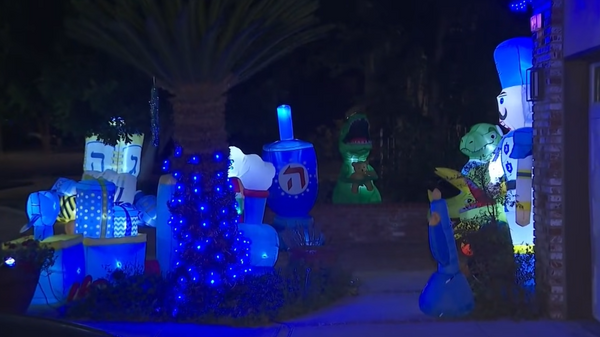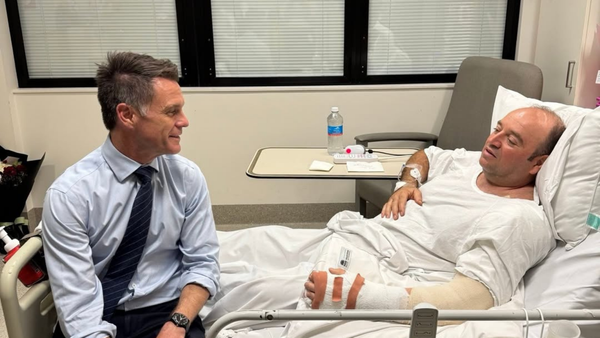
Aston Martin has slashed £300m from its investment plans after the British carmaker reported a bigger than expected loss in the third quarter because of Donald Trump’s tariffs and weak demand in China.
The company said on Wednesday that losses before tax were £112m in the third quarter of 2025, a ninefold increase from £12m a year earlier.
The brand, whose products are best known for featuring in the James Bond film franchise, has been buffeted by global pressures during a five-year turnaround effort that has been marked by perennial heavy losses.
Aston Martin had already warned earlier this month that this year’s profits would be lower than previously expected because of a decline in sales. It sold 1,430 cars to retailers during the third quarter of 2025, down 13% compared with the period last year.
Revenues over the first nine months of 2025 were down by 26% to £740m compared with almost £1bn a year earlier.
Aston Martin’s share price rose by 1% on Wednesday but it remains 38% down over 2025 so far.
Adrian Hallmark, Aston Martin’s chief executive, said: “This year has been marked by significant macroeconomic headwinds, particularly the sustained impact of US tariffs and weak demand in China.
“Work is under way to review our future product cycle plan with the aim of optimising costs and capital investment while continuing to deliver innovative, class-leading products to meet customer demands and regulatory requirements.”
The manufacturer, which produces its vehicles in Warwickshire and south Wales, has already delayed the launch of its first electric model, and it cut 5% of its workforce in February. It said it would detail further changes early next year.
Aston delivered the first of its Valhalla supercars this month, which it hopes will improve the financial performance if it can deliver 150 in the last three months of the year. The company will make 999 of the mid-engined plug-in hybrid cars, priced at £850,000 – or more than $1m – a vehicle. Aston Martin said that more than half of the cars had already been ordered by customers.
The company has been under the ownership of a group of investors led by the Canadian fashion tycoon Lawrence Stroll since early 2020. Stroll, who made his money through fashion brands including Michael Kors, hoped to make Aston Martin into a luxury brand to rival Italy’s Ferrari but immediately was forced to confront the crisis caused by the coronavirus pandemic.
Since then, Aston Martin has been forced to go through a painful process of reducing the number of cars held by dealers, before production issues and weak Chinese demand cause a sales slump. Then Trump came along.
The US president imposed a 25% tariff on automobile imports from 3 April, on top of an existing 2.5% levy, causing chaos in the global car industry and adding a huge cost to Aston Martin’s cars in one of its key markets. In May the UK agreed a deal to limit tariffs on 100,000 British-made cars a year to 10%. That rate came into force on 30 June.
The deal set the stage for a race between carmakers to get their products to the US first or face higher tariffs. However, Hallmark told investors in a call on Wednesday that the cyber-attack on Jaguar Land Rover and resulting complete production shutdown in September had given Aston Martin some leeway, the Financial Times reported.
Demand in China also remained “extremely subdued”, Aston Martin said, because of economic weakness and the imposition of a “luxury car tariff” on more cars from the end of July.
Stroll said 2025 had brought “several unexpected challenges” but added that his confidence in the long-term future for the brand was “unwavering”.







